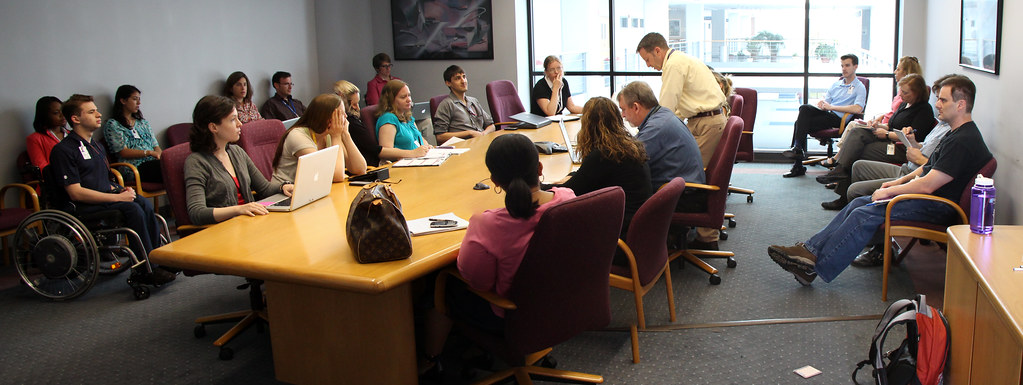In the recent past, most changes observed in the world order can be attributed to the pandemic and the consequences of its effects in both personal and professional realms of life. Seconding this global phenomenon of post-pandemic effects, the culture of virtual work or work from home has picked up in most white-collared professional spheres.

The Netherlands: Legislation to Establish Work From Home as a Legal Right
“The attitude shifts regarding workspace and culture have been primarily fuelled by the pandemic, as the workers are actively shifting and pursuing jobs that allow the flexibility they have experienced during the pandemic years.”
Recently the Dutch Parliament’s lower house passed legislation to recognise and establish ‘work from home’ as a legal right. It still has to get a nod from the Senate. The legislation will make it obligatory for employers to adhere to employee requests to work from home unless it is non-feasible with regard to the profession. This move makes the Netherlands one of the first nations to do so.

However, with the residual effect of the pandemic receding in present times and the world economy slowly opening up, the corporate and companies seem to have polarising responses on whether to hop on to the work from home bandwagon or revert to the good old office culture. In the spirit of the same, the Chief Executive Officers of corporate giants like Elon Musk, who issued an ultimatum for the company’s staff to resume working from the office, and others likewise, have been controversial in the global news for a while now. The article looks into some aspects of the work-from-home culture and its effects on employees moving forward.
Employees in the Office vs Virtual Employees
It is essential to consider the point of view of the most important stakeholder in this scenario, the employee, to understand the whole work-from-home discourse. Lately, the employees’ preferences on the same have been noticed to vary through the context of various countries, given the variance in socio-cultural conditions. For example, a new study by Qualtrics stated that 60% of Indian employees prefer work from home to a regular office-based four-day work week.

The statistic implies that working from home is perceived as a lucrative and appealing transition at any stage in the professional career. The reasons for the same might seem pretty obvious at first glance. Nevertheless, as with any global change, there are just as apparent downsides to this new phenomenon in the professional sphere. Depending on one’s preferred work style and cultural priorities, it could be advantageous or detrimental to the individual.
Advantages of Work From Home
The core element that lures the employees to gravitate towards work from home is that it eradicates the traditional aspects of an office job like commuting, involvement in interacting with colleagues and more on the same lines. Moreover, acts like commuting to work, moving cities for work and owning formal clothing for office attire etc., have been expenses that can be easily skippable with this new work conditioning. This can be a huge saver for employees that prefer comfort over costs. Telecommuting can also help reduce expenses like work clothing, meals and childcare.

Saving on the costs of childcare can be especially advantageous to parents working from home. Some telecommuting employees may travel while working, as long as they have a reliable internet connection and can accomplish their job responsibilities. Adding on to the current perks, increased productivity has been a factor of a big leap as a consequence of the work-from-home scenario.
“Working from home might provide you with professional autonomy and independence that you may not have in a traditional workplace.”
Working at a pace of one’s own convenience allows the employee to explore their efficacy rate and play around with it. This, in turn, helps an employee stay motivated and focused on work.

Many remote jobs necessitate considerable self-discipline and determination to manage time appropriately and perform job tasks. With enough such self-discipline, one can even go on to expand on their expertise and take up more work. Remote occupations might provide additional job opportunities for people who are unable to work in traditional roles. For example, people with physical impairments, who cannot travel or work long hours, can progress in their careers remotely. This can also add in terms of income opportunities for the employee.
The Other Side of the Coin
However, like every coin has two sides, every change also has pros and cons. With the pros being so evident and elaborate, the cons are nuanced and long lingering, affecting the work-life balance structure of an employee. The prima facie observation for the cons of such a professional lifestyle would be that of a workplace disconnect. Moreover, the scope of employee isolation is enormous in remote or virtual work. This can negatively impact the team dynamics in an organisation.

Telecommuting may generate a schism between co-workers as working from home will imply a lack of immediate access to critical business procedures until communication from the organisation is timely. To resolve questions or issues, the employees should make sure to communicate with their actual workplace regularly.
Adding to this, there is also the aspect of cost cuts that happen while investing in tech equipment that can replicate the ease of working in the office atmosphere. Specialised equipment such as headphones, webcams, or software is required to execute crucial operations and projects in faraway places. When one is willing to arrange a desk, chair, and other furnishings in one’s own home office, there needs to be a planned upfront cost.

Purchasing costly equipment can be unaffordable to a proportion of the employees.
Women as Stakeholders
Given this cultural diaspora in the professional realm, the stakeholder, i.e., the employee and their point of view, will take an exciting turn in the times to come. Digging deeper into the employee’s perspective, it is even more important to consider different sects that constitute the employee cohort of the organisational hierarchy. Women are one such sect that needs consideration when understanding the shift in workspace culture and its effects on them.

With the flexibility that working from home affords, it is natural to imagine that such flexible work options will invariably act as an equaliser for women at work. Many people are daring to hope that by removing the stigma associated with working from home, as well as reducing commuting time and the pernicious face time norms that can add hours to the workday, women will be able to keep full-time jobs and avoid losing traction in their careers while caring for others. According to studies, flexibility enables mothers to retain their working hours after childbirth and to remain in moderately stressful but well-paying industries during times of high family demand.

Women, on the other hand, profit from the online workplace. Women’s voices are frequently weaker in in-person meetings, but in the virtual office, women can use headphones to help amplify their voices and lights to improve their presence. There is also the added advantage of everyone in online meetings having similar-sized displays. Thus, women do not have to worry much about upper-level employees dominating the physical space in a virtual office.
Work From Home: A Path to More Freedom
In conclusion, though there seem to be other potential drawbacks to consider, on the whole, the transition of the workspace into a virtual one is an exciting change to follow up on for all stakeholders in the scenario. As a global phenomenon on the rise, it is helpful when governments recognise this as a right and aid in building a healthier work culture wherein the employees have the discretion to choose their work mode.
You may also be interested in: Understanding Sex Work as a “Profession” in the 21st Century
About the Author

Navya has a keen interest in geopolitics, pursuing her master’s degree in International Relations from Pondicherry University; she has a penchant for research and looks forward to exploring domains like foreign policy, diplomacy, and national security, public policy, governance and climate change. She likes to engage in public discourses actively and is keen on collaborating with individuals and institutions of novel and diverse ideas. Navya believes in the ability of academic research to empower public opinion.






